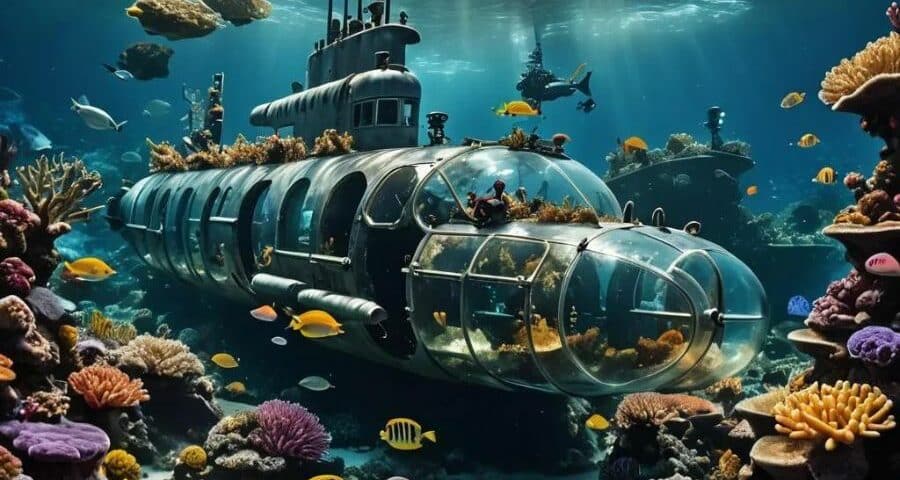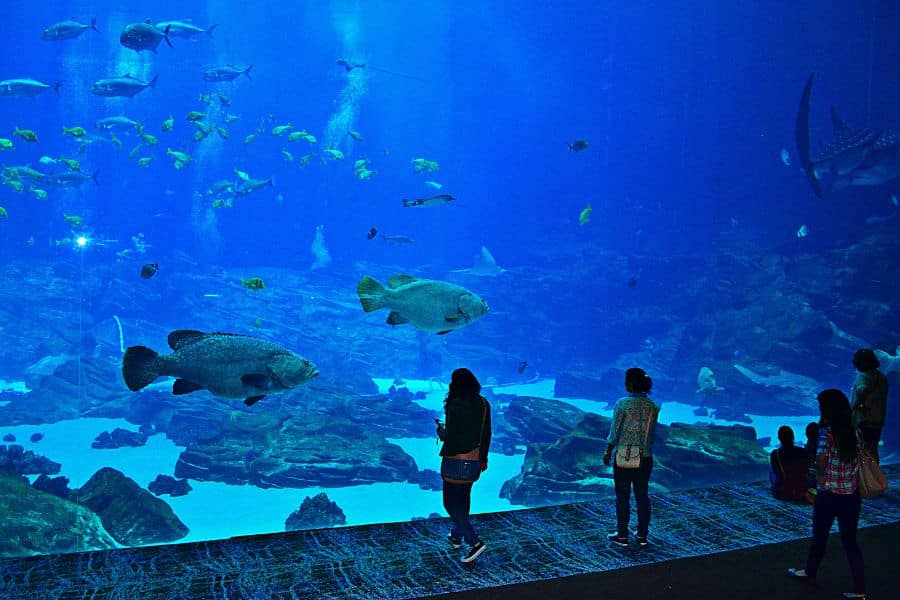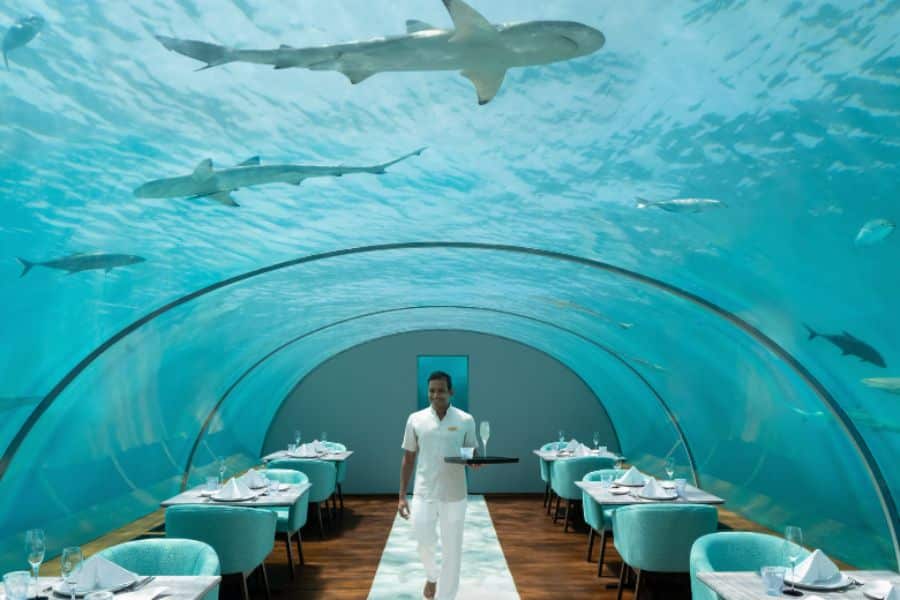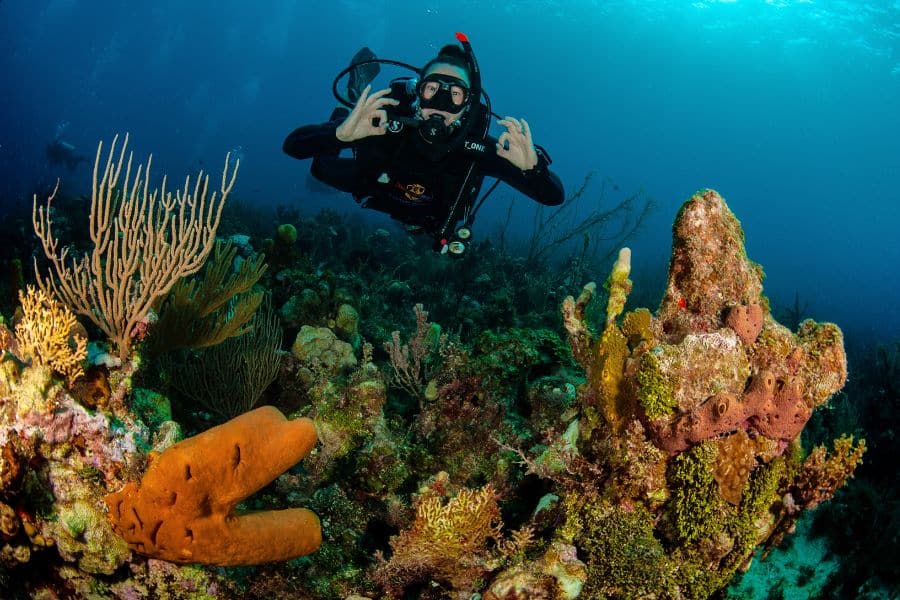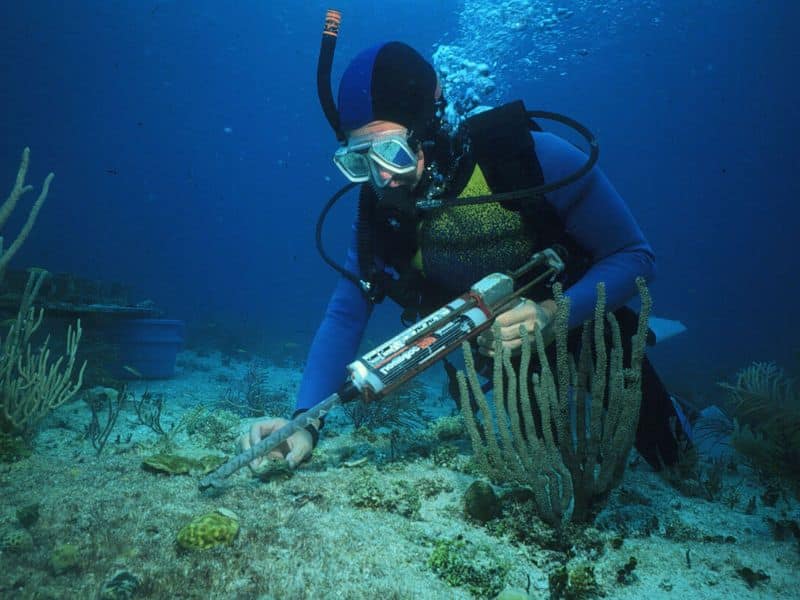2. Types of underwater tourism
Diving:
Scubanomics estimates that there are around 6 million active divers, in addition to numerous snorkeling enthusiasts, free divers, rebreather divers, and technical divers who explore sunken wrecks, engage in cave diving, or enjoy the company of whales and sea turtles.
Moreover, there is a growing trend of merging underwater tourism with art, as seen in the Cancun Underwater Museum of Art in Mexico, inaugurated in 2010, or the Museum of Underwater Art in Australia (MOUA), which tells the story of the Great Barrier Reef and the challenges it faces. In addition to contemporary attractions, there are underwater archaeological sites in places like the Red Sea or Truk Lagoon, which attract divers interested in exploring ancient submerged cities and historical relics.
Dining:
Jules Undersea Lodge, located in Key Largo, Florida, is recognized as the pioneer among underwater hotels worldwide. Opened in 1986, this establishment submerges to a depth of 9 meters underwater, offering a unique experience. Visitors have the opportunity to access the hotel through a dive in the Emerald Lagoon or by land.
The Under, Underwater restaurant in Norway was born in 2019, and its menu is based on the flora and fauna of the southern coast of the Nordic country, besides being an observatory of the marine life in the area.
The Undersea Restaurant – Located at the Conrad Maldives Rangali Island hotel, offers a 360-degree view of the coral reef and marine life of the Indian Ocean.
These types of establishments are bringing more people closer to the underwater world.
Submarine Tourism and Submersible Rides:
These experiences offer tourists the opportunity to immerse themselves while traveling in submarines with windows or wearing a diver suit with a glass helmet.
Now, a tourist can choose to hike through a reef. Of course, they need to wear protective gear, and a glass helmet, and be connected to the surface by breathing tubes.
Submarine tourism in a transparent submersible may also include visits to historical or archaeological sites.
The problem with these types of experiences is that they tend to be expensive and primarily targeted toward individuals with high purchasing power.




